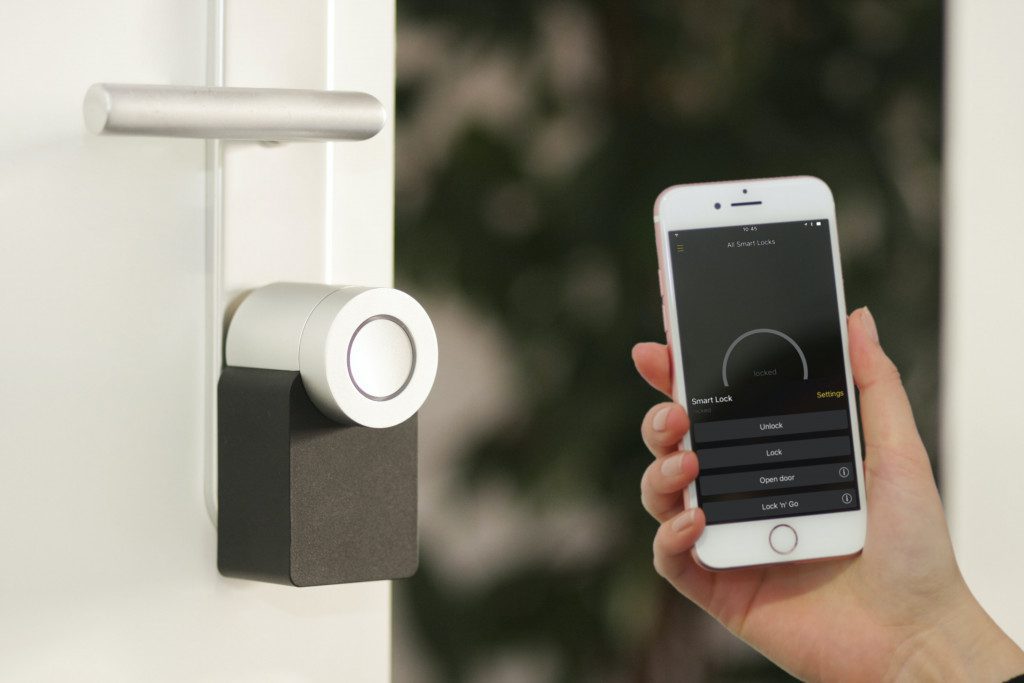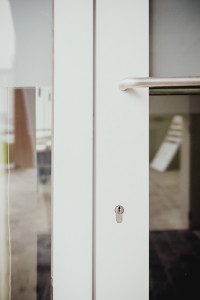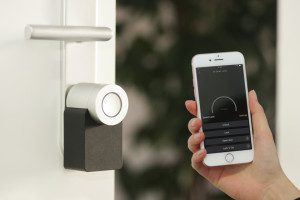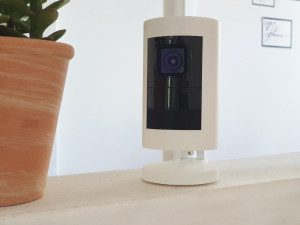How to protect your home: a guide of the best security tips from XGuard security

As a security company, we are committed to crime prevention of all kinds. Whether you rent or own, living in a safe and secure home should not be a luxury. Fortunately, you can reduce your own risk of break-ins and home theft. But many people wonder how to protect their home?
Due to a lack of time or money, people rarely put the necessary effort into protecting their homes and possessions. However, it is quite easy and inexpensive to make your home safe.
According to Statistics Canada, “breaking and entering remained one of the most common forms of property crime […] second only to the less serious offences of theft of $5,000 or less and mischief. ” In 2017, there were 159,000 break-in and 22,700 robberies (i.e., involving violence or threats of violence) nationwide.
XGuard Security shares its expertise with you in this guide of pro tips accumulated over the years. So that you can finally sleep soundly. So, how to protect your home?
Don’t let anyone in

Obviously, entrances and exits and windows are vulnerable to break-ins.
If you own your home, we suggest a solid door frame. A hardwood or steel door with a durable lock is a good option. Choosing tempered glass can also mean the difference between broken glass and glass that resists potential thieves.
As a tenant, you can try to convince the landlord to change the lock before you move in. Before you sign the lease, take a moment to review the security of the building and apartment, especially the locking of doors and windows. After moving in, use rods and sticks to temporarily block any sliding windows and doors.
Another simple trick is to use a sign that says “Beware of the dog” or “Beware! This place is protected by an alarm system” to scare people. At night, remember to close your curtains to hide your belongings effortlessly.

Technology ideas for staying safe
On the technology side, even if you don’t pay a specialized provider, smart alarm systems are now a common feature! These require an initial expense, but then they allow you to manage the security of your home. You can use, cameras, motion detectors, door contact sensors, etc. Moreover, you can manage everything from a mobile app.
Smart doorbells and smart locks have also become part of the home security landscape in recent years. These devices control access to your home by verifying the identity of people entering.
With its integrated camera and motion sensor, the smart doorbell alerts a resident when someone is at the door. So, even if you’re not home, you can communicate with visitors, whether they’re expected or not.
The smart lock, on the other hand, offers to manage access to your home more easily thanks to virtual keys for which you are responsible. There is no longer any question of someone making a duplicate of your key on the sly!
Even more accessible, thoughtful lighting can keep you out of trouble. Strategically placed exterior lights discourage criminals from approaching for fear of being seen. When you are away, timers also make people think that the residence is not empty, especially in the evening.
After any technological expenditure, throw away your boxes out of sight, so you don’t show off your new objects (television, high-performance food processor, etc.).
Be smarter than the bandits

For many, our latest recommendations will seem like “common sense”. However, these few basic rules deserve to be included here, as avoidable situations continue to occur year after year.
For those with a large yard, leaving tools or a ladder laying around that a thief could use to get into the house would be very harmful. Also, don’t forget to lock your shed and fence! In some neighbourhoods, residents trust each other. However, it only takes one person to turn your furniture and valuable items into an invitation to steal.
People with bad motives are also very attracted by the mail piled up in the mailbox. Also, by the repeated absence of garbage cans during the weekly collection. Basically, don’t change your habits too much and you’ll go unnoticed.
During home thefts, the most targeted places are dresser drawers, nightstands and bathroom storage. Creative hiding places and unusual nooks and crannies are recommended to conceal your most valuable possessions.
Another way to protect them is to convince passers-by that the house is not empty by pretending to greet someone when you leave.
As this guide demonstrates, there are many solutions to home security problems. Theft and break-in prevention is within your reach without the need to spend hundreds of dollars or hire anyone else.
We believe that paying close attention to our surroundings is the key to security success. Our officers put this advice into practice every day, and we suggest the same to the public today.
Stay alert and safe!
